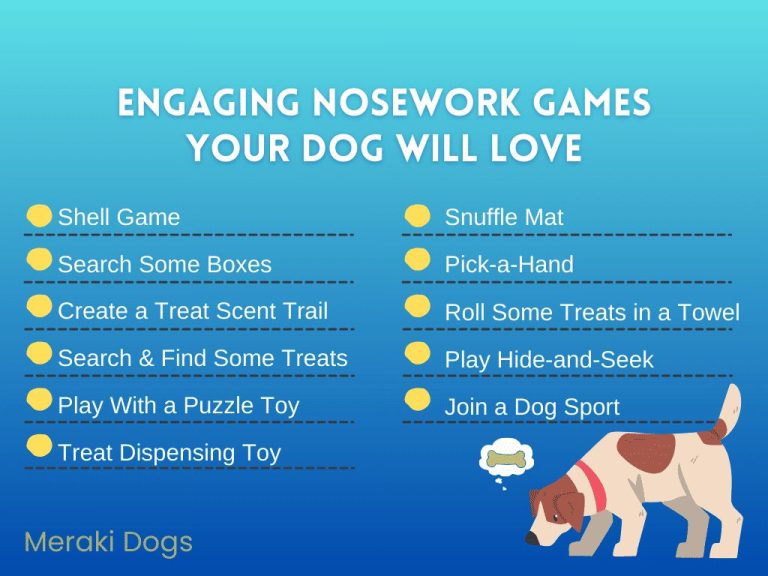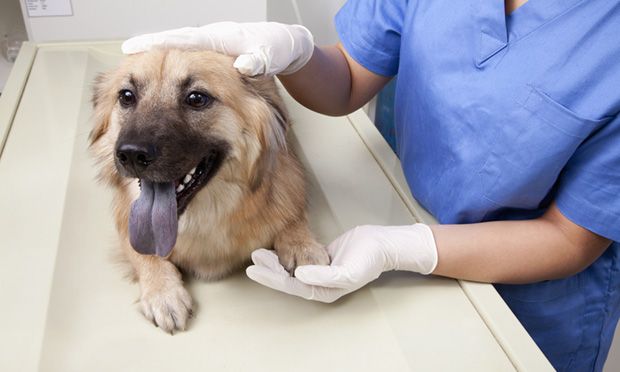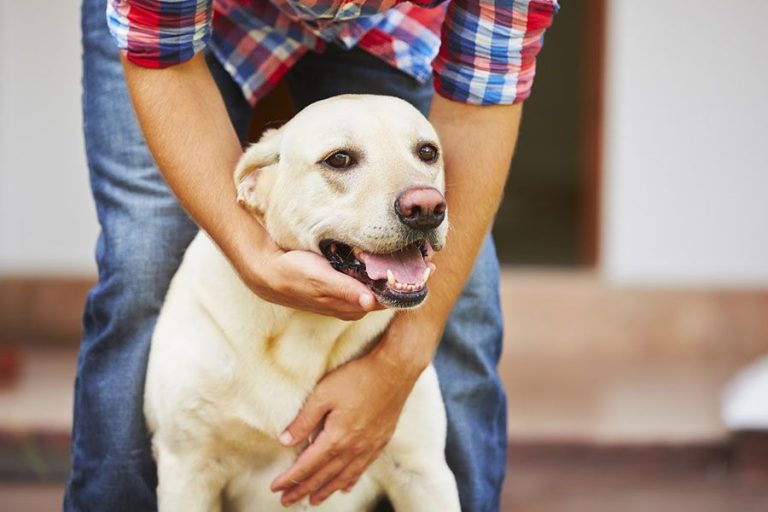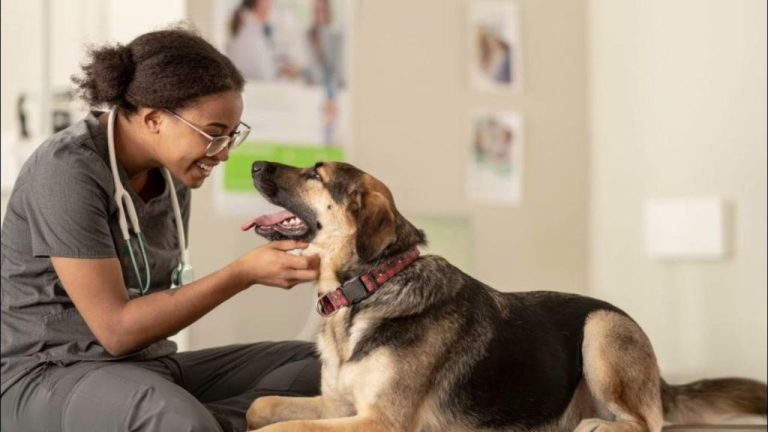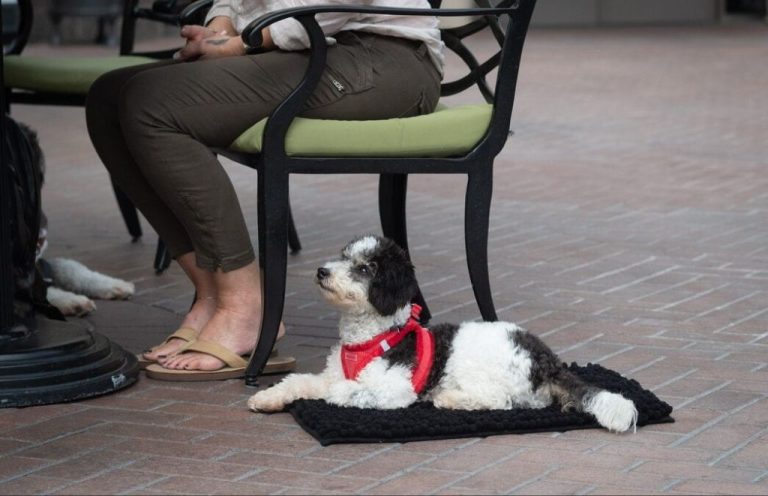Teaching Your Dog To Be Comfortable With Handling And Restraint
Teaching a dog to be comfortable with handling and restraint is important for their wellbeing. Proper restraint allows veterinarians, groomers, and owners to safely examine, treat or groom a dog without risk of bites or injury (https://vmcli.com/continuing-education/proper-animal-handling-restraint/). It also reduces stress for the dog during necessary procedures. Overview the techniques in this guide such as desensitizing to touch, positive reinforcement, and troubleshooting tips to gradually teach your dog to be at ease with handling and restraint.
Start Slow and Make It Positive
When teaching your dog to accept restraint and handling, it’s important to take things slowly at first and ensure every experience is positive. Introduce handling gradually in short sessions, providing treats, praise, and affection. This helps create a foundation of trust and prevents fear. As the Humane Society advises, “Move slowly as you work with your dog, keeping training sessions short and sweet. You want to stop before your dog gets bored or frustrated” (https://www.humanesociety.org/resources/positive-reinforcement-training).
Start with brief, gentle touches while distracting your dog with a treat. Work up to sustained handling of paws, ears, mouth, and body over multiple sessions before attempting any restraint. Pairing patient, positive handling with rewards helps your dog associate these experiences with good things. Take cues from your dog’s comfort level and don’t rush the process. The goal is to make handling something your dog is happy and eager to participate in.
Desensitize to Touch
One of the best ways to get your dog comfortable with handling and restraint is to desensitize them to being touched. Start by gently touching areas of their body that they are already comfortable with, like their back or chest, and pair it with treats and praise. Slowly work up to touching areas that may be more sensitive for your dog, like their paws, ears, mouth, and tail. Go very slowly with these sensitive areas – just a light touch at first, immediately followed by a treat. If your dog seems uneasy, go back to an area they are more comfortable with. The key is to associate being touched in these sensitive spots with something positive.
Over multiple training sessions spanning days or weeks, gradually increase the amount of time you spend touching these sensitive areas as your dog relaxes into it. You can stroke paws gently, look briefly in ears, touch teeth and lips with your finger, etc. Keep treats and praise flowing, and avoid restraint. The goal is for your dog to learn that having these areas handled leads to good things, and doesn’t have to be scary.
According to desensitization guidelines from veterinary behaviorists, you want to keep sessions short and sweet to avoid flooding the dog (VCAA). Eventually, your dog should happily accept touch and handling all over their body.
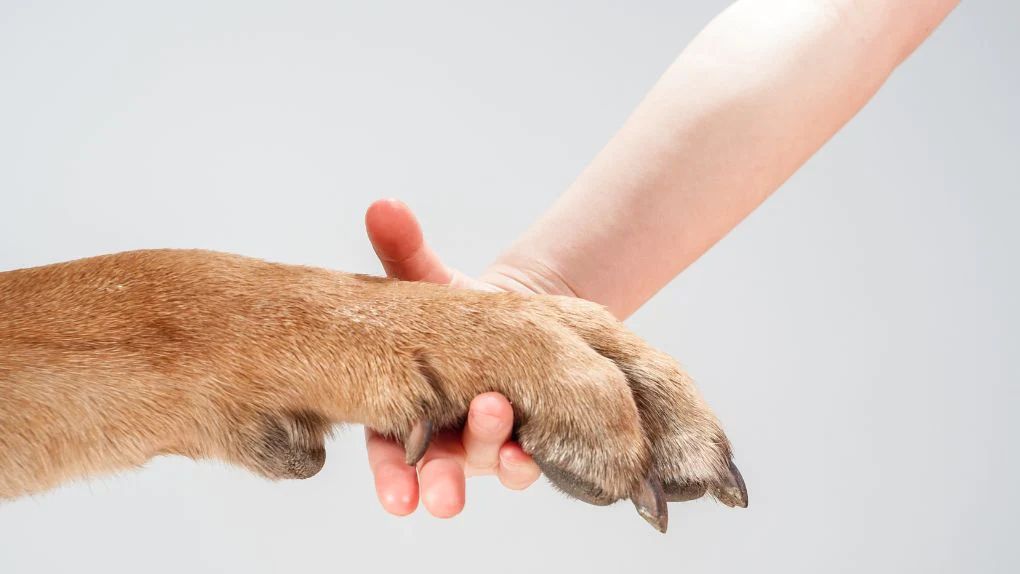
Restrain Briefly at First
When first teaching your dog to accept restraint, start with very brief durations of just a few seconds. This allows your dog to become comfortable with the new sensations and handling before building up to longer periods of time. According to Proper Animal Handling & Restraint, you want to “restrain animal for very short time initially.”
Make sure to reward your dog generously with treats and praise while restraining them and as soon as you release. This helps reinforce calm behavior during the restraint. As recommended by Canine Restraint and Handling – Clinical Medicine 1, “Use food rewards and praise to reinforce desired responses.”
Gradually increase the duration of restraint over multiple training sessions based on your dog’s comfort level. But keep sessions short to avoid overwhelming your dog. The goal is to “Restrain for longer periods only after dog is comfortable with process,” as stated by Proper Animal Handling & Restraint.
Use Treats and Praise
Using positive reinforcement is key when teaching your dog to accept restraint or handling. Reward your dog with praise, pets, and treats when they tolerate or cooperate with being touched or held in place. This helps create a positive association and reinforces the desired behavior.
Be patient and keep sessions short. Reassure your dog with a calm, happy tone when restraining or touching them. Give treats frequently, like every few seconds, to keep them comfortable. Stop and take a break if your dog seems anxious or struggles. End on a positive note after getting your dog to relax.
Over multiple training sessions, gradually increase how long you hold your dog while praising and treating before releasing. But always start slow and make it a positive experience. With consistency, your dog will learn to associate restraint with rewards and attention.
For example, say “good boy!” in an upbeat voice when holding your dog’s paw for examination, and give a treat right after releasing it. Use especially high-value treats like chicken or cheese to motivate cooperation with handling.
With this positive reinforcement approach, your dog will see restraint as a chance to earn rewards rather than something to fear. Be patient and make it a positive experience.
Stay Relaxed
It’s important to remain calm and assertive when restraining your dog. Dogs are very in tune with our energy and any tension or anxiety will transmit directly to your dog. If you act scared, angry, or nervous, your dog is likely to mirror that energy and become more reactive. As the WikiHow article explains, “You want to be calm but be assertive. If you move quickly and act scared, the dog will think you are. If you act angry, the dog may react aggressively in turn.” Take slow, deep breaths to keep your heart rate steady. Move slowly and with confidence as you guide your dog into position. Stay relaxed in your body language – tight shoulders and nervous movement will cue your dog to become anxious too. Keep a firm, calm grip as you restrain your dog briefly. Release with praise and treats for remaining calm. With practice in a positive context, your dog will become comfortable with handling and restraint.
Redirect Chewing and Mouthing
If your dog starts mouthing or chewing on your hands during restraint training, it’s important to redirect this behavior. Provide your dog with an appropriate chew toy instead. When they start mouthing, say “no,” gently remove your hand, and immediately give them the chew toy. Praise and reward your dog for chewing on the toy rather than your hand. This helps teach them that toys are for chewing, not human hands.
Be patient and consistent with redirection. Don’t get angry or reactive if your dog mouths you, as this can make them more excited. Stay calm and simply redirect to the toy. With continued redirection and praise for chewing the toy, your dog will learn that mouthing hands ends the fun while chewing toys earns rewards.
For more on stopping mouthing and teaching bite inhibition, check out these helpful resources:
http://rescueapittie.org/resources/training/fixing-behavior-problems/nippingmouthy-behavior/
https://www.whole-dog-journal.com/behavior/reinforce-your-dogs-bite-inhibition/
Practice Restraint Scenarios
Simulating common handling situations like veterinary exams, brushing, nail trims, ear cleaning, and medication administration through mock restraint scenarios is an important part of desensitizing your dog. Start with very brief, gentle restraints of just a few seconds, praising and rewarding your dog. You can gradually work up to longer holds. Make sure to stop and take breaks to play or do some simple, fun training in between scenarios.
Some scenarios to practice include:
- Gently hold your dog’s muzzle closed for a few seconds, as if examining eyes or teeth.
- Squeeze their paws lightly or hold a paw for a moment, like you would during a nail trim.
- Briefly restrain your dog in sitting or standing positions.
- Gently hug your dog and restrict motion for short durations.
- Simulate giving oral medication by holding the muzzle and tilting the head up.
- Pretend to clean ears by gently handling the head and lightly restraining your dog.
- Brush or pet your dog while lightly holding him still.
By regularly incorporating short mock restraints into your routine, you’ll help your dog generalize that restraint is no big deal. Just be sure to start very short and reward generously. If your dog ever seems fearful or resistant, take a step back and find an easier starting point. Make it a fun, positive experience.
Troubleshooting Tips
Getting your dog comfortable with handling and restraint takes time and patience. Here are some solutions for common issues that may arise during training:
If your dog is fearful or anxious, go slower with desensitization and keep sessions short and positive. Try distracting with high-value treats. Praise calmly to avoid reinforcing nervous behavior. Consult a trainer or veterinarian if your dog remains overly stressed. See Good Dogs Santa Cruz for tips on reducing fear.
For mouthing or chewing during restraint, redirect your dog’s mouth away with a toy or chew. If biting, let go immediately to avoid reinforcing it. Withhold treats until calm behavior resumes. Only give treats during brief, relaxed restraint. Increase duration gradually as your dog remains settled. Reference Clinical Medicine 1 on preventing reinforcement of undesirable behavior.
If your dog struggles or resists frequently, double-check that you are restraining in short intervals initially. Make each restraint experience positive with abundant treats and praise. Improve tolerance slowly over multiple short sessions. Try higher-value rewards. If still challenging, seek professional advice for anxious or headstrong dogs.
Patience and consistency are key! End each session on a positive note. With time, your dog will learn to relax and accept handling. Keep training sessions upbeat and rewarding. If you encounter issues, don’t hesitate to consult a trainer experienced in restraint techniques.
Conclusion
Teaching a dog to accept restraint and handling is an important part of raising a well-behaved dog. It helps build trust between a dog and owner, while also keeping the dog, owner, and others safe in various scenarios. By following the tips provided, taking it slow, and making restraint training a calm, pleasant experience full of praise and rewards, dog owners can help their pet become comfortable with necessary handling and procedures.
In this guide, we covered how to start slow and keep sessions positive, using treats, toys, and praise to reward cooperation. Gradually desensitizing the dog to touch and brief restraint helps create a foundation. With time and consistency, owners can work up to restraining the dog for longer periods, in different positions like on their side or back. Practicing realistic restraint scenarios prepares a dog for visits to the vet, grooming, and other handling situations. Staying relaxed, redirecting any mouthing, and troubleshooting fear reactions are also important.
While further training may be needed for extremely fearful or excitable dogs, the tips here provide a good starting point. Restraint training completed with patience helps cement the human-animal bond built on mutual trust and respect. With a well-socialized, cooperative dog, owners can ensure safe, stress-free handling experiences throughout their dog’s life.

